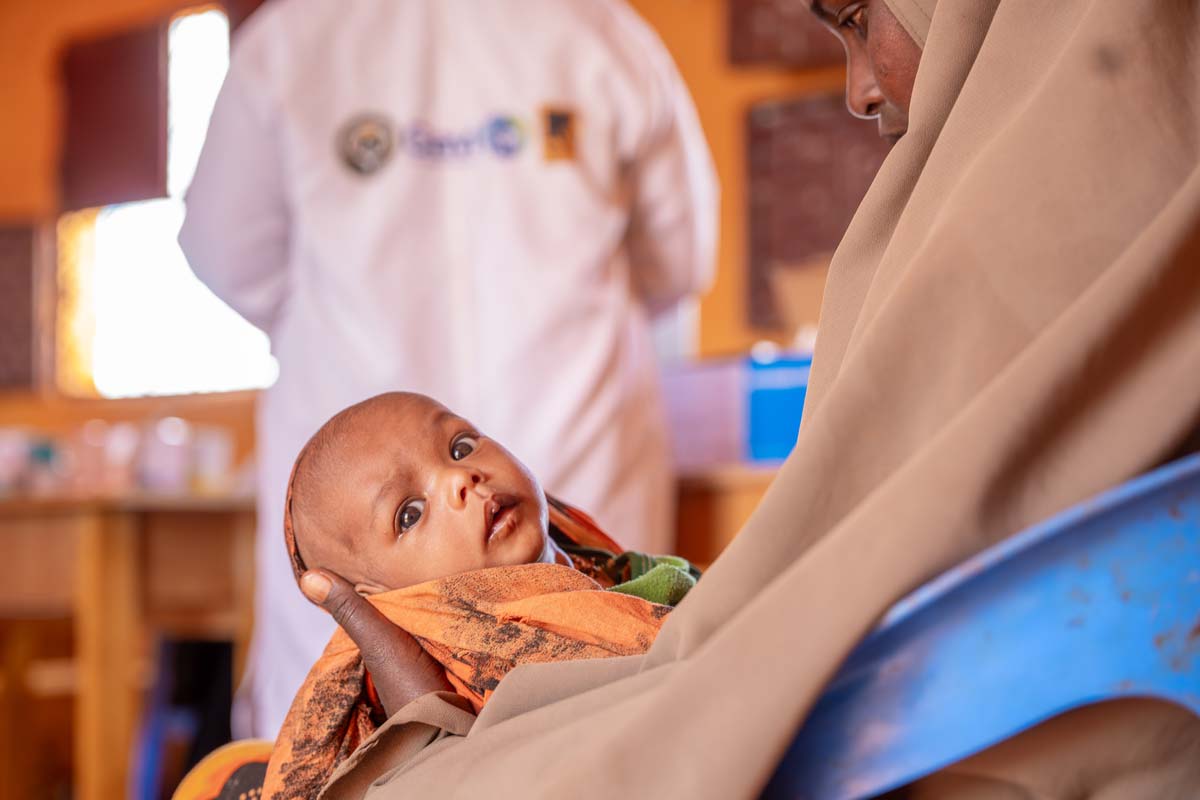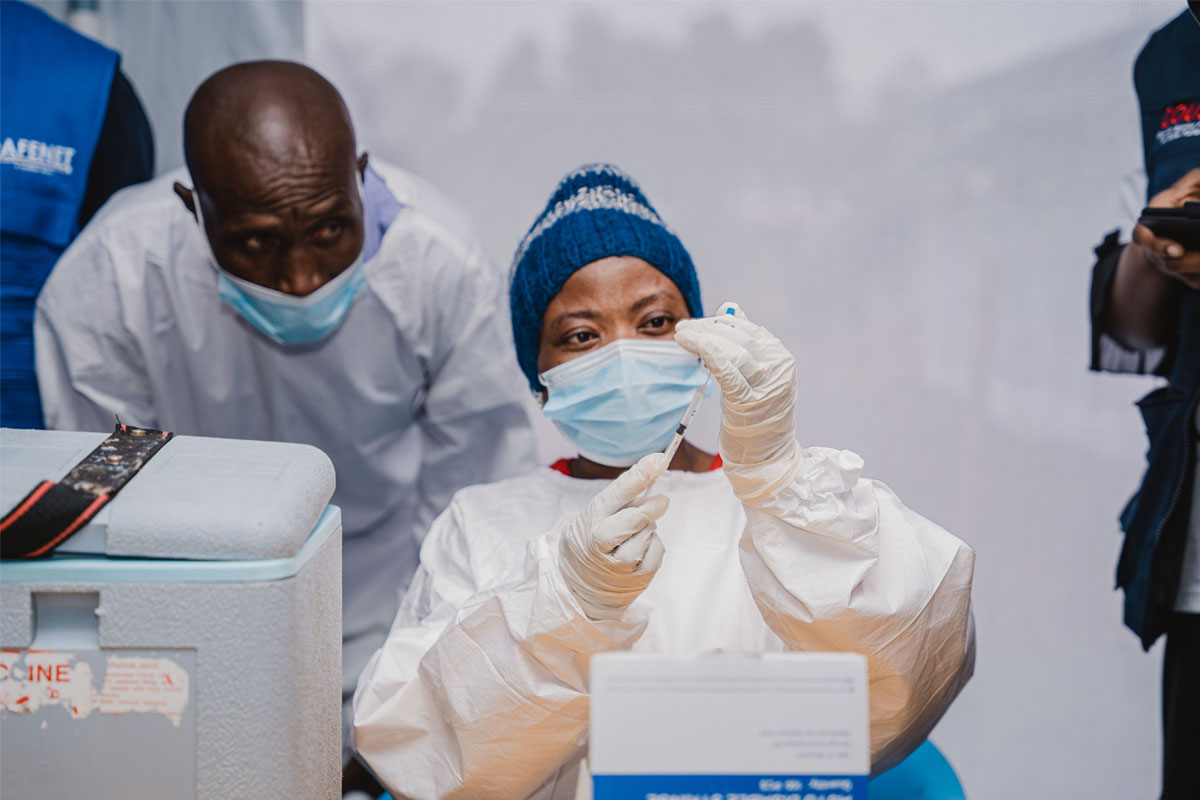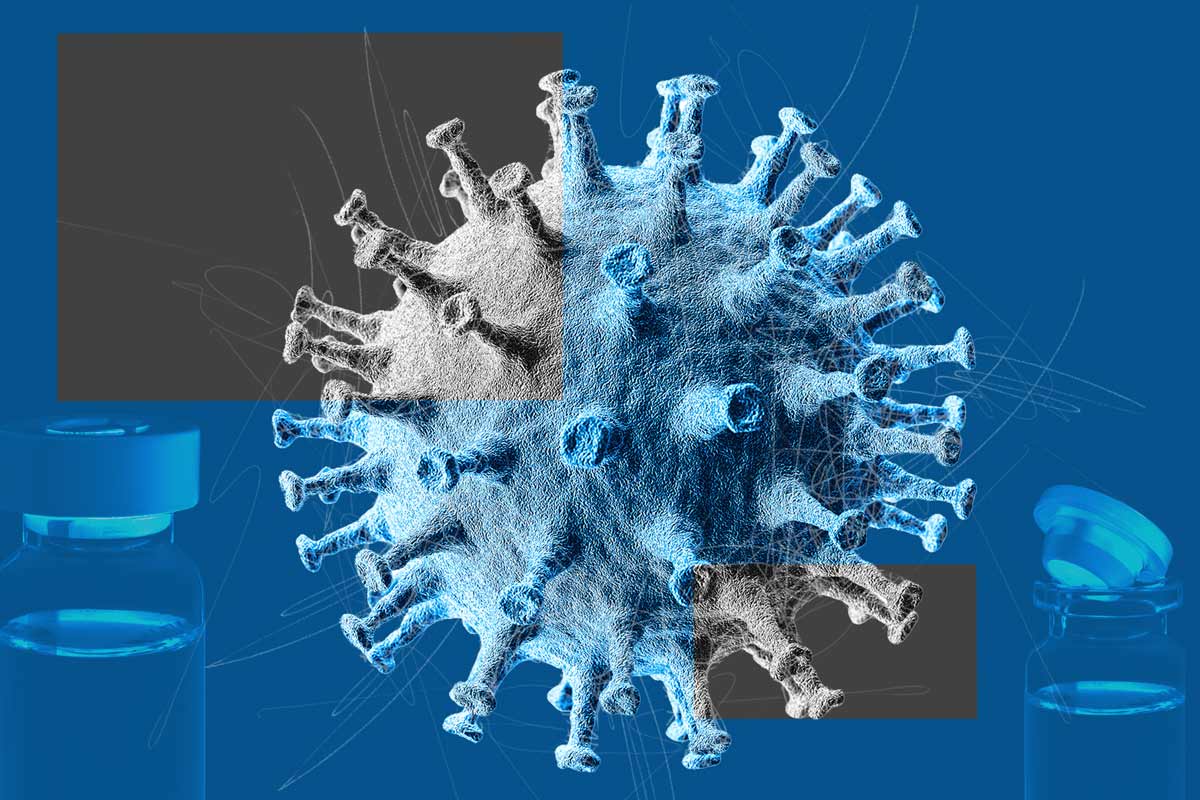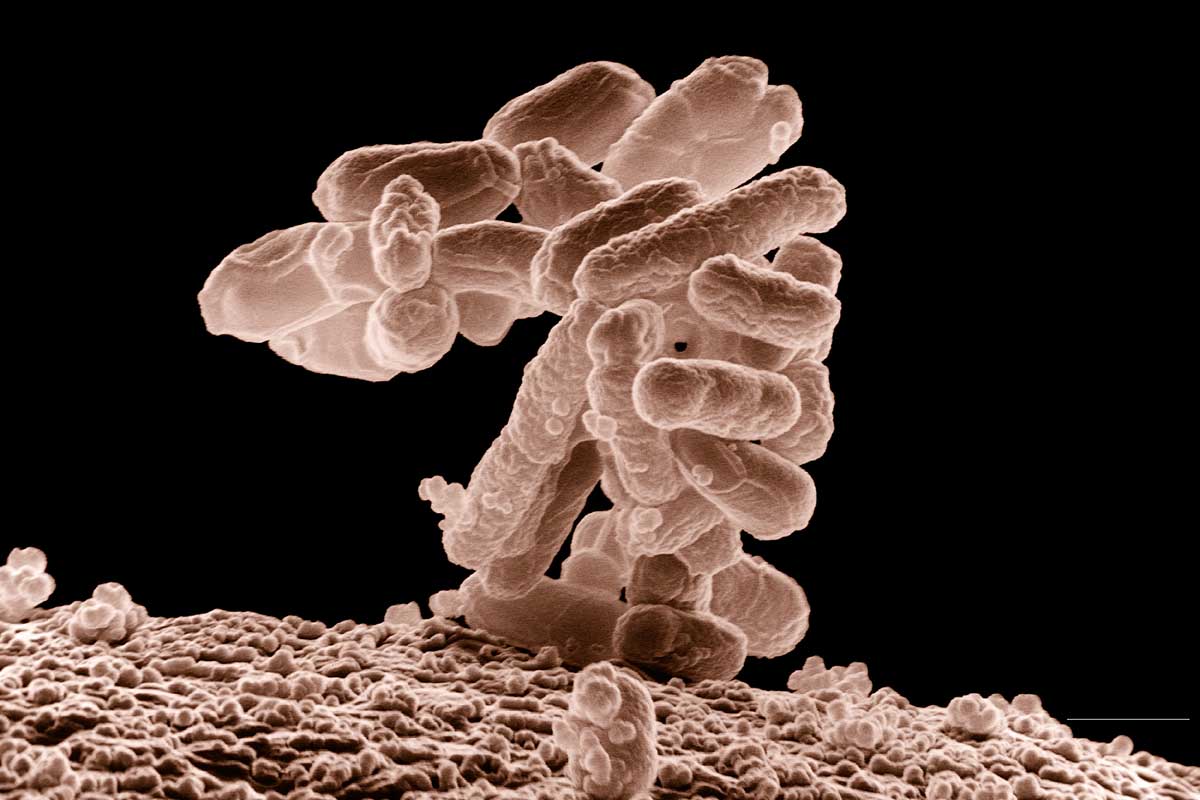Six in ten children are immune to the COVID-19 virus despite never being infected by it
Immunity triggered by exposure to the coronaviruses that cause the common cold could protect people, especially children, against the SARS-CoV-2 virus.
- 11 November 2020
- 2 min read
- by Priya Joi

What is the research about?
Scientists have wondered whether people could have immunity to the SARS-CoV-2 virus that causes COVID-19 from previous exposure to other coronaviruses, such as those that cause the common cold. This is called immune cross-reactivity.
What did the researchers do?
Researchers publishing in Science looked at people who had never been exposed to the new coronavirus for pre-existing antibodies that bind to the spike protein on the surface of the SARS-CoV-2 virus. They also looked at whether those antibodies had an effect on the way the SARS-CoV-2 virus infects cells.
What did they find?
The team found that roughly 5% of 302 uninfected adult participants had antibodies that recognise the SARS-CoV-2 virus. By comparison, as many as 62% of uninfected children aged 6 to 16 years had antibodies, the age group in which antibodies to seasonal coronaviruses are most common. In laboratory tests, they found that pre-existing antibodies also stopped the SARS-CoV-2 virus from entering cells. The spike protein has two subunits S1 and S2, and the researchers found that S2 was most similar across coronaviruses and this is most likely where cross-reactive immunity stems from.
What does this mean?
Since children are far more likely than adults to have antibodies against COVID-19, this might explain why they are often unaffected by the virus that causes COVID-19 or only have mild illness. The researchers suggest that investigating the S2 subunit could contribute to a universal vaccine against coronaviruses. They add that differentiating between pre-existing and new immunity to SARS-CoV-2 will be important in understanding our response to a COVID-19 vaccine and our susceptibility to the virus.







